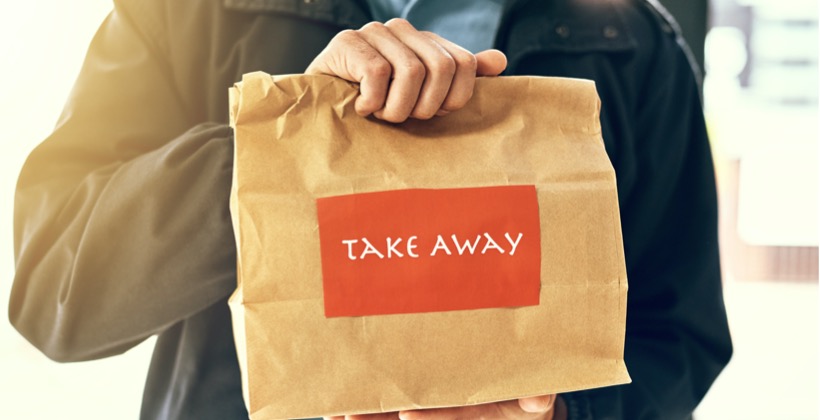5 Best Practice Take Aways for Employee Training on Coronavirus
The food service industry, as well as the nation's top big-box retailers, have always had policies and procedures in place to deal with any situation during the course of the average American workday. Everything from the proper use of a fire extinguisher, to properly disposing of hazardous waste materials. Most every HR department has a contingency plan for everything, right? Maybe so.
Then along comes the COVID-19 or Coronavirus.
The foodservice industry alone follows very strict local public health policies and best practices when training new employees. It is to be expected that some new policies and procedures would be coming into play as they enhance their employee training programs to include Coronavirus protocols.
So what are some of the employee training tips that have been implemented? And what are some of the best practice policies for the front-line workers of these industries? Both the World Health Organization (WHO) and the Occupational Safety and Health Organization (OSHA) are dealing with these changes as they happen.
On a day to day basis.
It seems that every day we hear about another area of our country that has been infected, or there is a new symptom to be on the lookout for. But for the restaurant and retail front-line workers, the people most exposed to the possibility of being infected, what has been implemented into their workplace as precautionary measures against contamination?
Despite the numerous news articles and reminders of this disease at every turn, these 5 best practice tips for employee training on Covid-19 or Coronavirus have been incorporated in a large poster from both the WHO and OSHA to be prominently displayed throughout the workplace.
- The definition of Covid-19 or the Coronavirus as defined by the Center for Disease Control (CDC)
- An in-depth description of the Coronavirus and the known ways of it being spread and what to do to keep from spreading the disease
- Basic common workplace hygiene. Washing hands several times per hour, no hands to face contact, stay home if sick or feverish, clean and disinfect as much as possible.
- Having supervisors and management monitoring all employees to be on the lookout for signs/symptoms.
- A very detailed procedure for cleaning and the proper disposal of any bodily fluids and the prompt segregating of the area that the fluids are present as well as the procedures that are taken to properly dispose of cleaning equipment and utensils used in the cleanup process (brooms, mops, buckets, gloves, etc.)
The two organizations named were also vigilant in their statements recently to inform the general population that as this disease progressively gets worse that there will be the need for additional countermeasures.
The WHO also recommends that we all keep doing what we are doing as far as protecting ourselves and our families.
While the restaurant and retail industries have reduced the number of hours of operation, it still may not be enough to stop the spread of this pandemic, although as these new policies are put in place, it's safe to say that it has been slowed dramatically. For additional resources, check our blog - 12 free resources for restaurants and retailers on COVID-19.





